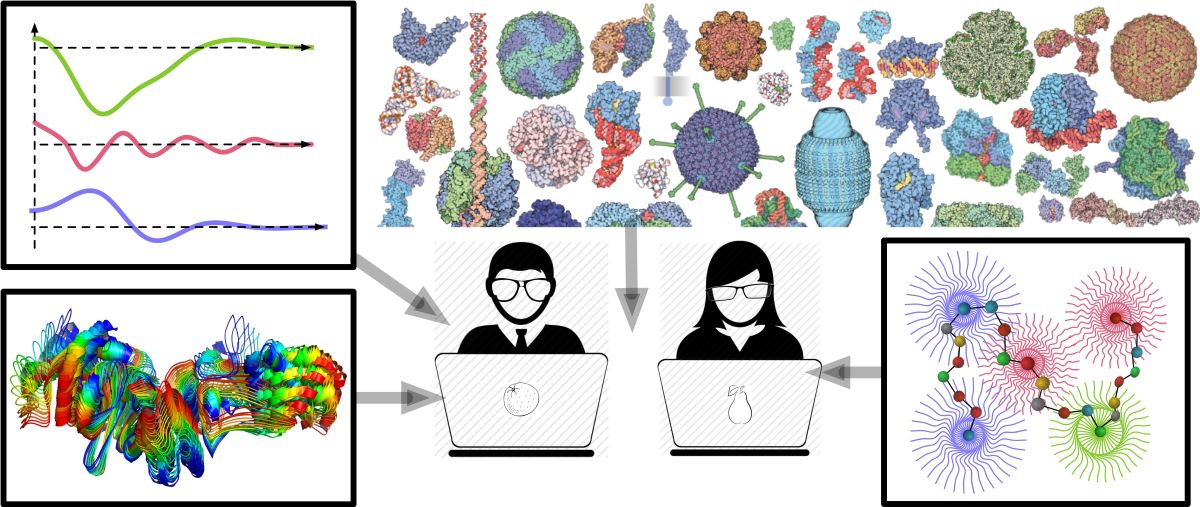Speaker
Description
To acquire a better understanding of how proteins work at the molecular level, it is crucial to understand their structural characteristics. Various techniques have been developed to achieve this, such as computer-based methods for calculating and predicting NMR measurements including the spin-spin coupling constants (SSCCs). Multi-scale calculations combining molecular dynamics simulations with density functional theory (DFT) calculations have become particularly feasible upon the emergence of fragmentation techniques and many successful studies for structured structured proteins appeared since then. On the contrary, examples of applications for intrinsically disordered proteins (IDPs) remain virtually non-existent due to prohibitive computational demands caused by the use of extensive sequential structural ensembles. To alleviate the problem, we pursue the design of smaller size ensembles through the dimensionality reduction of the IDP conformational landscape and clustering of similar conformations. In our contribution, we will show the performance of the workflow employing the t-distributed Stochastic Neighbor Embedding (t-SNE) and hierarchical clustering for the structured proteins GB3 and Ubiquitine and compare it to the disordered protein fragment Tau(210-240).Sequential and dimensionally reduced/cluster-based ensembles will be validated through correlation of SSCCs predicted with empirically parametrized Karplus equations and experimental NMR data.
| Submitting to: | Integrative Computational Biology workshop |
|---|

